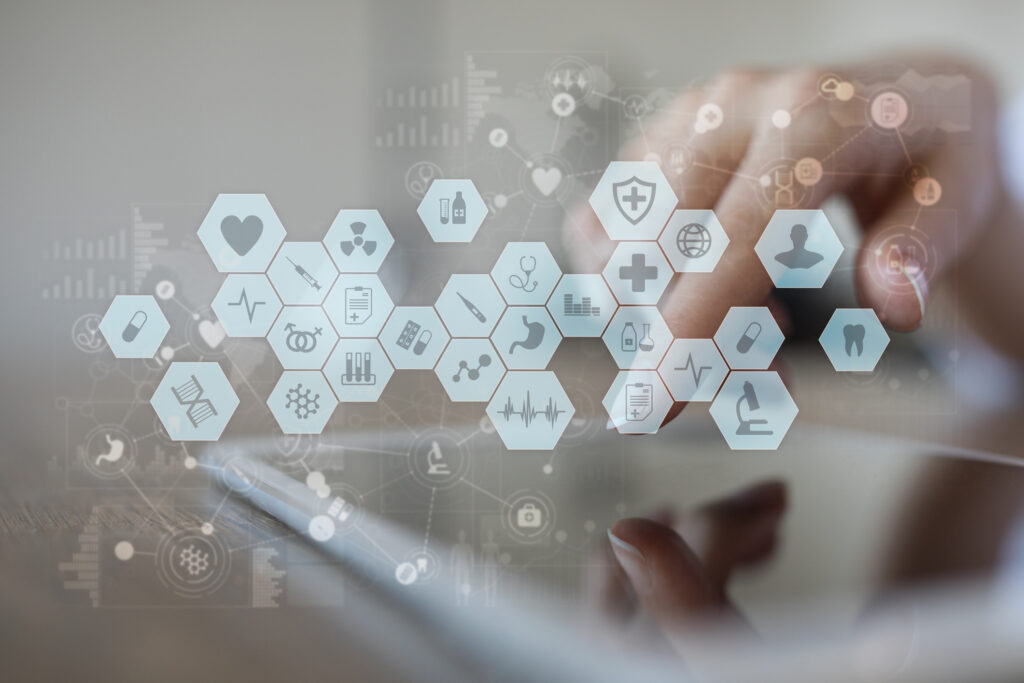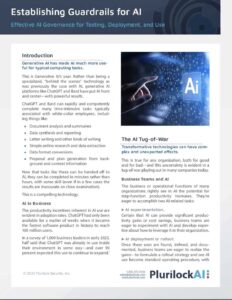In the digital age, the healthcare industry has undergone a significant transformation with the adoption of Electronic Health Records (EHR) or Electronic Medical Records (EMR) systems. These systems have revolutionized the way patient data is managed, accessed, and shared within healthcare organizations. However, with the vast amounts of sensitive information stored in EHRs, cybersecurity has emerged as a critical concern. This deep dive explores the intricacies of EHR systems in cybersecurity, outlining their significance, challenges, and the measures needed to ensure robust data protection.
Understanding Electronic Health Records (EHR) and Electronic Medical Records (EMR)
EHR and EMR systems serve as digital versions of traditional paper medical records. They contain comprehensive information about patients’ medical history, diagnoses, medications, treatment plans, immunization dates, allergies, radiology images, and laboratory test results. Unlike paper records, EHRs enable healthcare providers to access patient data quickly, leading to improved clinical decision-making, better coordination of care, and enhanced patient outcomes.
EMRs typically refer to records within a single healthcare organization, whereas EHRs encompass a broader spectrum, allowing interoperability and exchange of information across different healthcare settings. Both systems are designed to streamline administrative workflows, reduce errors, and enhance communication among healthcare professionals.
The Importance of EHRs in Healthcare
- Improved Patient Care: EHRs facilitate seamless information sharing among healthcare providers, ensuring that all stakeholders have access to up-to-date and comprehensive patient data. This leads to better-coordinated care, reduced medical errors, and improved patient outcomes.
- Enhanced Efficiency: Digital records eliminate the need for manual paperwork, allowing healthcare providers to streamline administrative tasks and focus more on patient care. Automated processes, such as e-prescribing and electronic billing, contribute to operational efficiency and cost savings.
- Data-driven Insights: EHRs generate vast amounts of structured and unstructured data, which can be analyzed to derive valuable insights into population health trends, disease prevalence, treatment effectiveness, and resource utilization. These insights drive evidence-based practices and support public health initiatives.
- Patient Engagement: Many EHR systems offer patient portals that enable individuals to access their medical records, communicate with healthcare providers, schedule appointments, and refill prescriptions online. This fosters greater patient engagement and empowerment in managing their health.
Cybersecurity Challenges in EHR Systems
While EHRs offer numerous benefits, they also present significant cybersecurity challenges due to the sensitive nature of the data they store. Healthcare organizations must navigate the following key challenges to ensure the security and integrity of their EHR systems:
- Data Breaches: EHRs contain a wealth of personally identifiable information (PII), including medical history, social security numbers, and financial data. A data breach can result in identity theft, financial fraud, and reputational damage to healthcare providers.
- Cyberattacks: Malicious actors target healthcare organizations through various cyberattacks, such as ransomware, phishing, and malware infections. These attacks can disrupt healthcare operations, compromise patient data, and lead to significant financial losses.
- Insider Threats: Employees within healthcare organizations pose a significant insider threat, whether through malicious intent or inadvertent actions. Unauthorized access to EHRs by employees can result in data breaches or privacy violations.
- Interoperability Risks: The interoperability of EHR systems introduces additional cybersecurity risks, as data exchange between different healthcare entities increases the attack surface. Weaknesses in one system can potentially compromise the security of interconnected systems.
Importance of Cybersecurity in EHR Systems
Given the critical role of EHRs in modern healthcare delivery, cybersecurity is paramount to safeguard patient data, maintain trust, and ensure regulatory compliance. The following factors underscore the importance of cybersecurity in EHR systems:
- Patient Privacy and Confidentiality: Protecting patient privacy is a fundamental ethical and legal obligation for healthcare providers. Cybersecurity measures, such as encryption, access controls, and audit trails, help preserve the confidentiality of patient data and prevent unauthorized access.
- Regulatory Compliance: Healthcare organizations are subject to stringent regulatory requirements, such as the Health Insurance Portability and Accountability Act (HIPAA) in the United States. Compliance with these regulations necessitates robust cybersecurity measures to protect EHRs and avoid costly penalties for non-compliance.
- Trust and Reputation: Maintaining trust and confidence among patients is essential for healthcare providers. A data breach or security incident can erode trust, tarnish the reputation of healthcare organizations, and lead to patient attrition.
- Business Continuity: Cybersecurity incidents, such as ransomware attacks, can disrupt healthcare operations, leading to downtime, loss of revenue, and patient care delays. Implementing cybersecurity best practices ensures business continuity and resilience against potential threats.
Best Practices for Securing EHR Systems
To mitigate cybersecurity risks associated with EHR systems, healthcare organizations should implement a comprehensive security framework encompassing the following best practices:
- Access Control: Implement role-based access control (RBAC) to restrict access to EHRs based on users’ roles and responsibilities. Enforce strong authentication mechanisms, such as multi-factor authentication (MFA), to verify users’ identities and prevent unauthorized access.
- Encryption: Encrypt sensitive data both at rest and in transit to protect it from unauthorized disclosure. Use robust encryption algorithms and key management practices to ensure the confidentiality and integrity of patient information.
- Regular Auditing and Monitoring: Implement logging and auditing mechanisms to track access to EHRs and detect suspicious activities. Monitor network traffic, system logs, and user activities for signs of unauthorized access or malicious behavior.
- Employee Training and Awareness: Educate employees about cybersecurity best practices, such as identifying phishing attempts, creating strong passwords, and safeguarding their credentials. Foster a culture of security awareness and vigilance among healthcare staff to mitigate insider threats.
- Patch Management: Regularly update EHR systems and software applications to address known vulnerabilities and security flaws. Establish a formal patch management process to ensure timely deployment of security patches and updates.
- Incident Response Plan: Develop and regularly test an incident response plan to effectively respond to cybersecurity incidents and data breaches. Define roles and responsibilities, establish communication protocols, and outline procedures for containing and mitigating security incidents.
- Third-Party Risk Management: Evaluate the security posture of third-party vendors and service providers that have access to EHR systems or handle sensitive patient data. Implement contractual agreements and security assessments to ensure compliance with cybersecurity standards.
Conclusion
Electronic Health Records (EHR) and Electronic Medical Records (EMR) systems have transformed healthcare delivery by digitizing patient data and improving clinical workflows. However, the widespread adoption of EHRs has brought about significant cybersecurity challenges, including data breaches, cyberattacks, and insider threats. Ensuring the security and integrity of EHR systems is paramount to protect patient privacy, maintain regulatory compliance, and preserve trust in healthcare organizations. By implementing robust cybersecurity measures and adhering to best practices, healthcare providers can safeguard EHRs against potential threats and vulnerabilities, thereby enhancing patient care and organizational resilience in the digital era.












